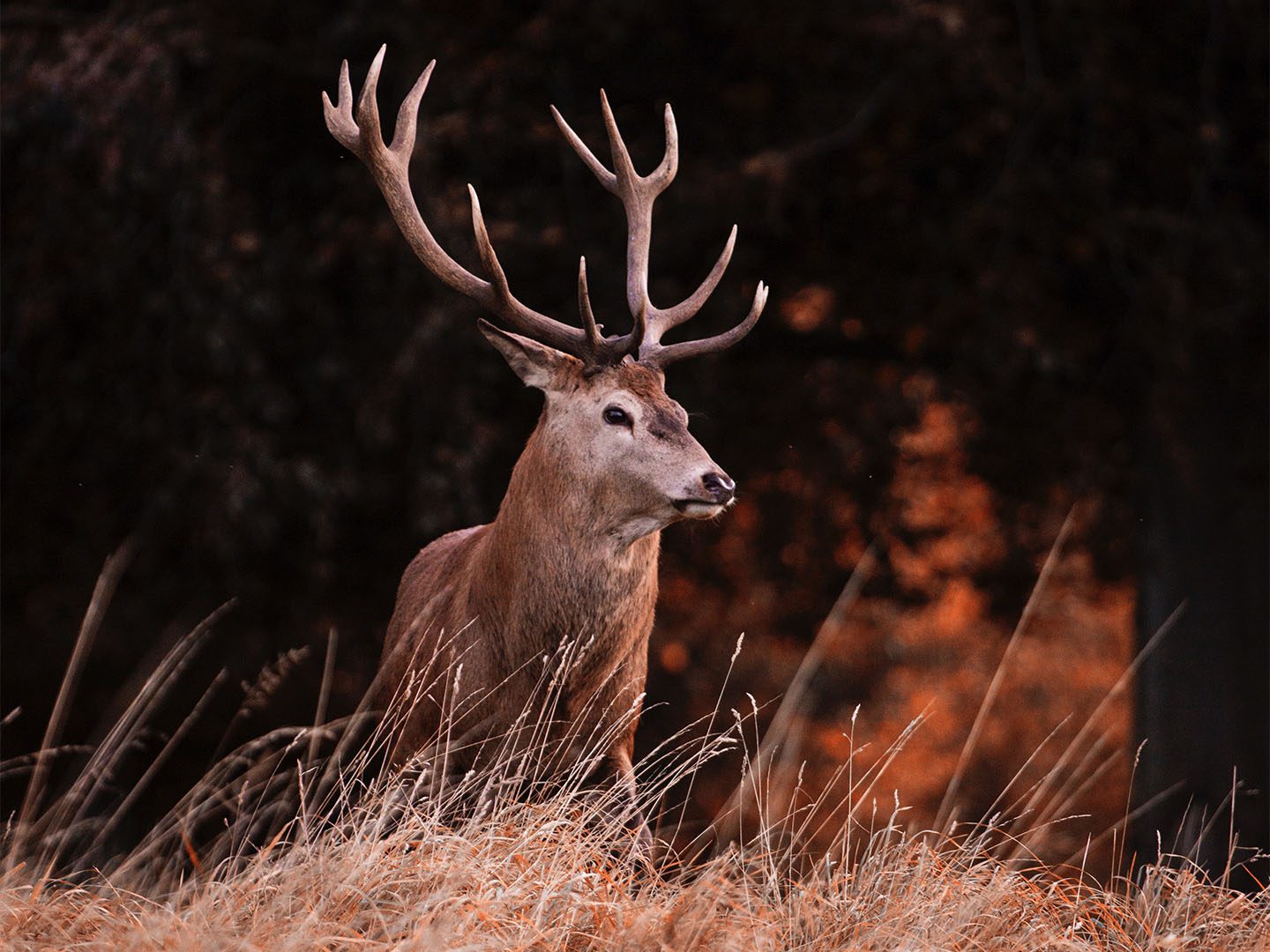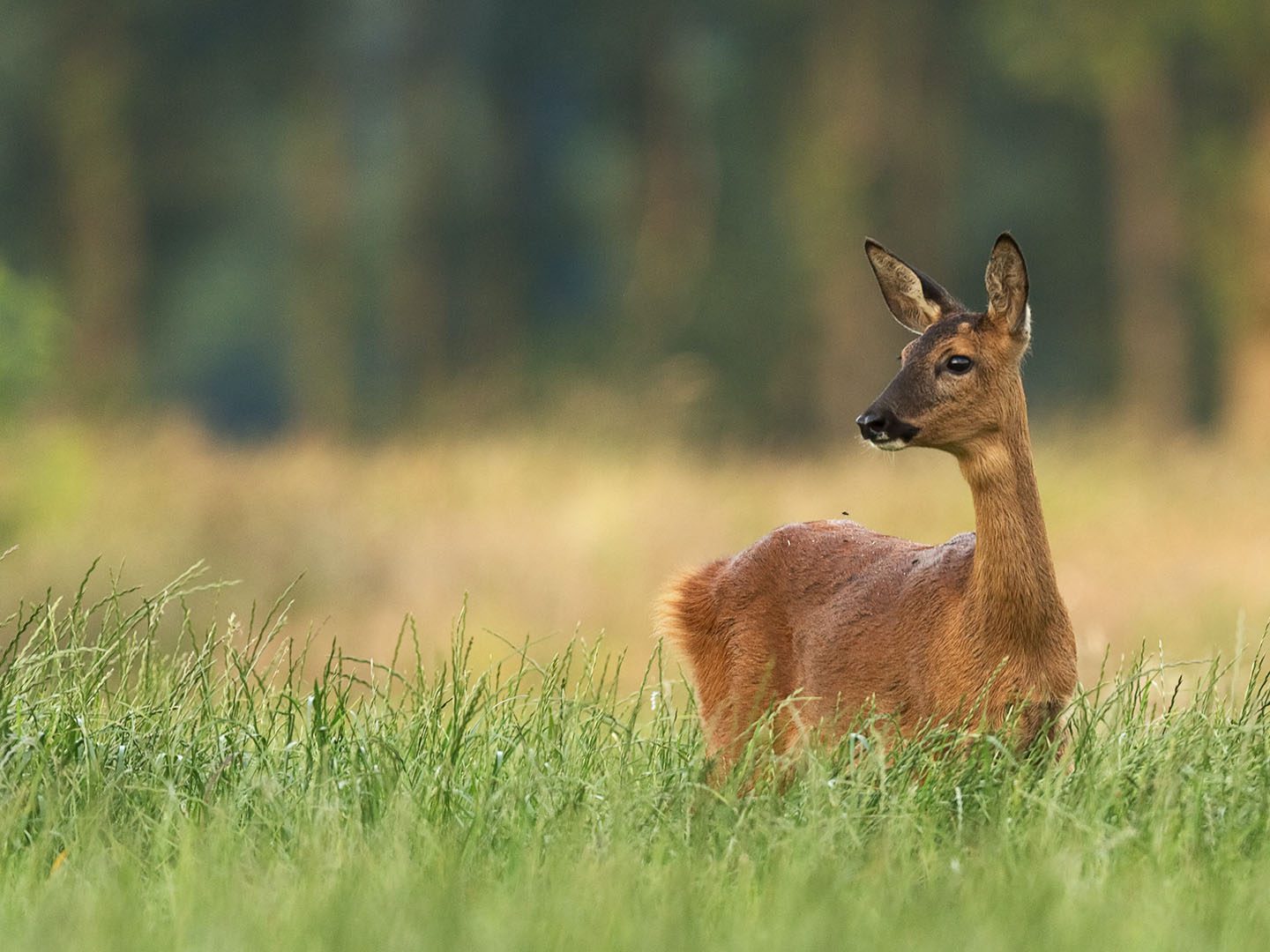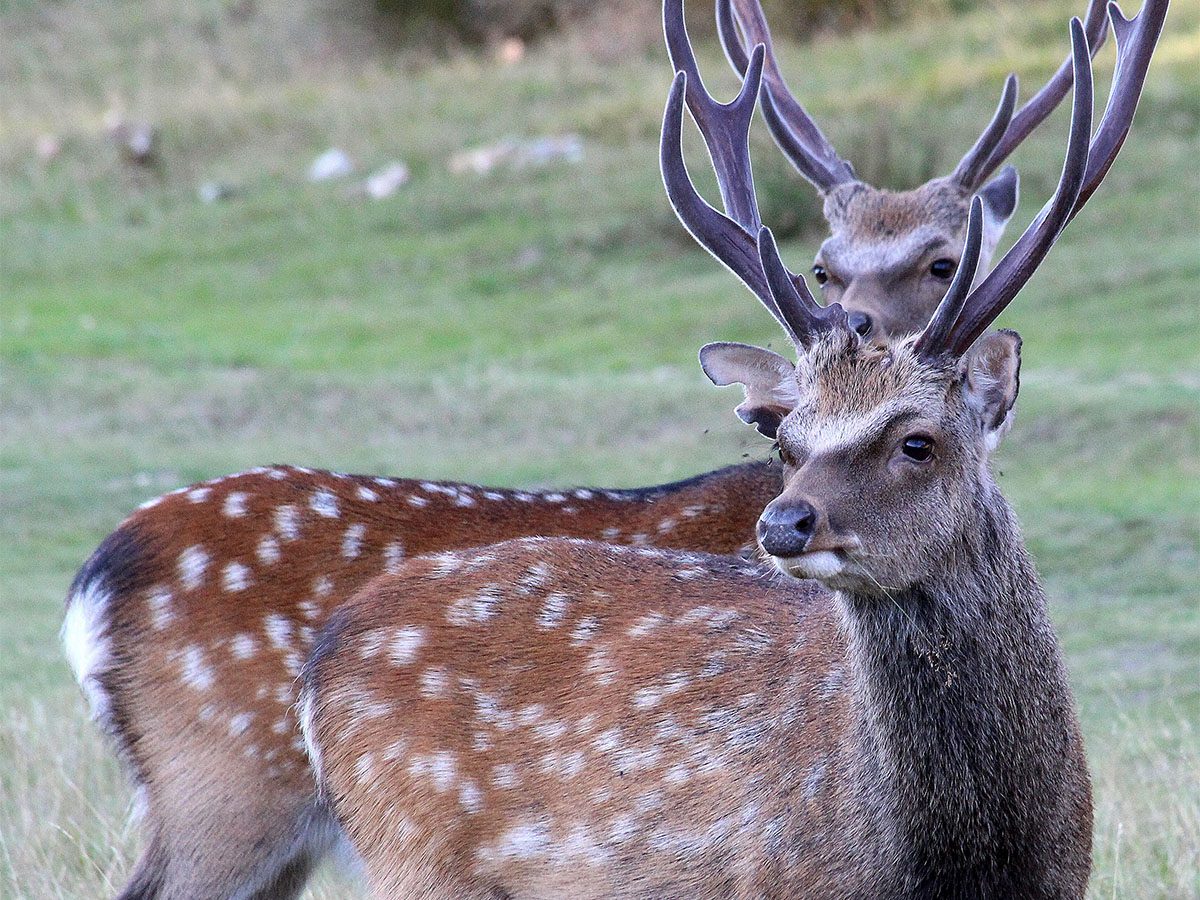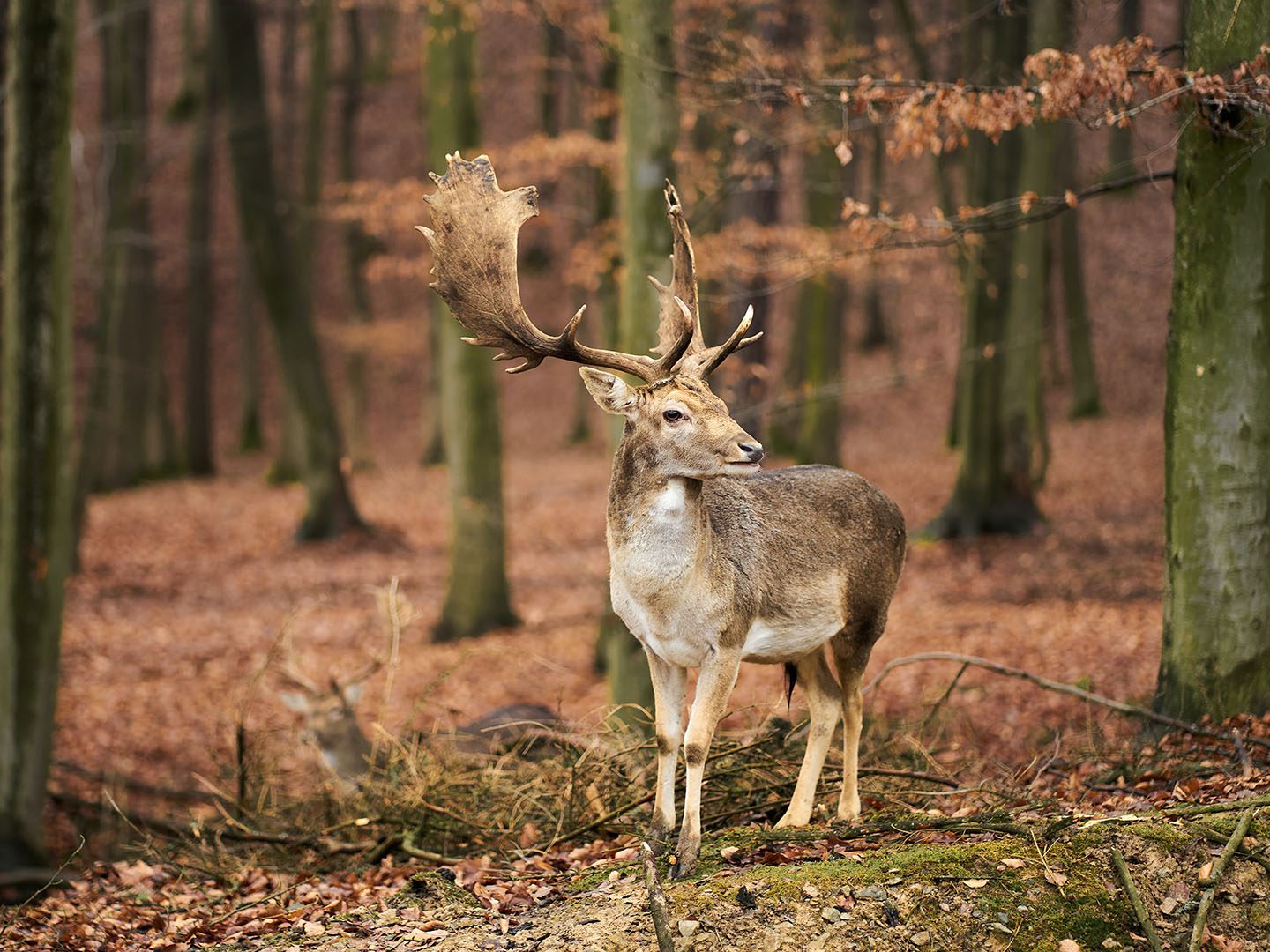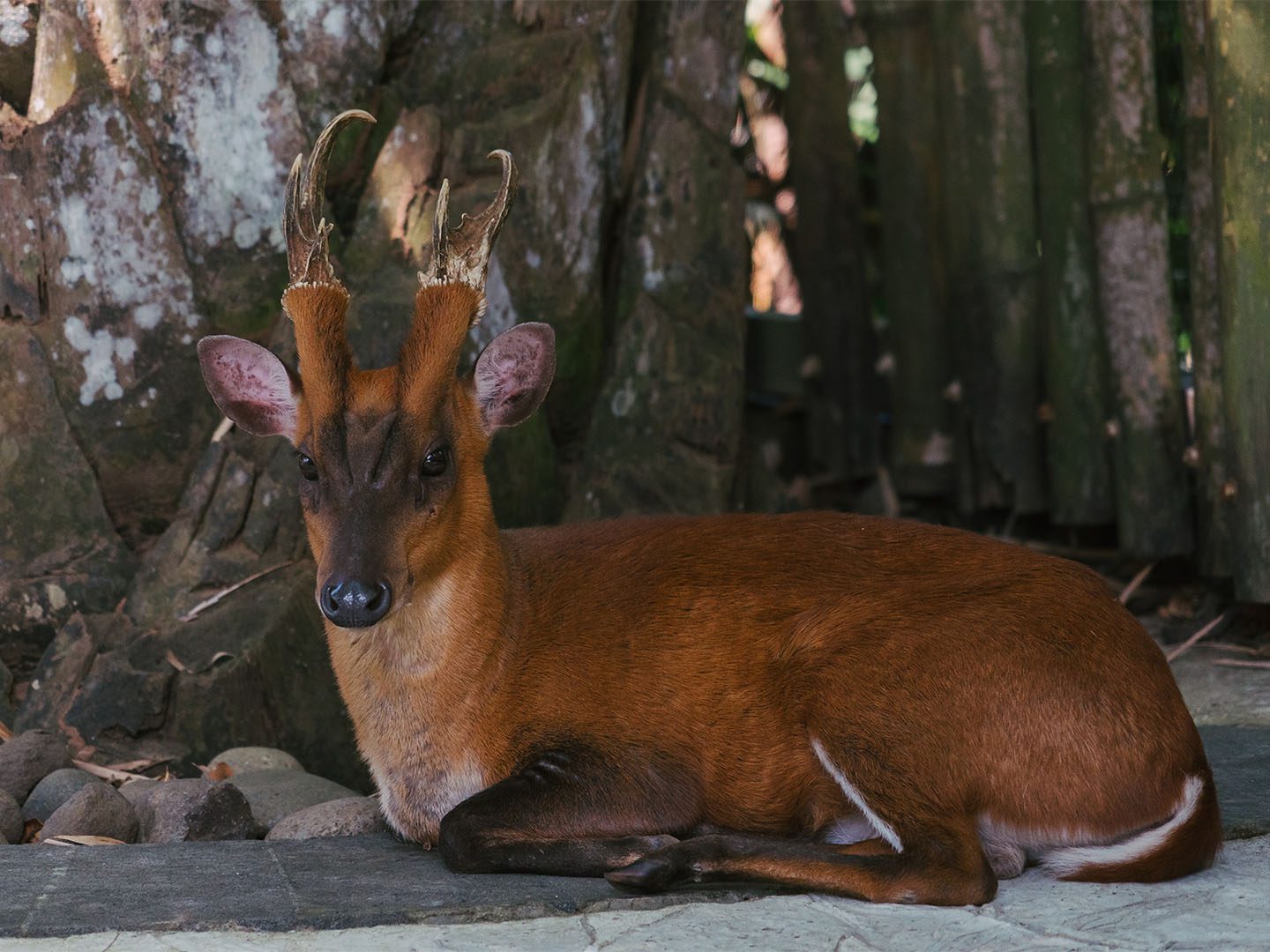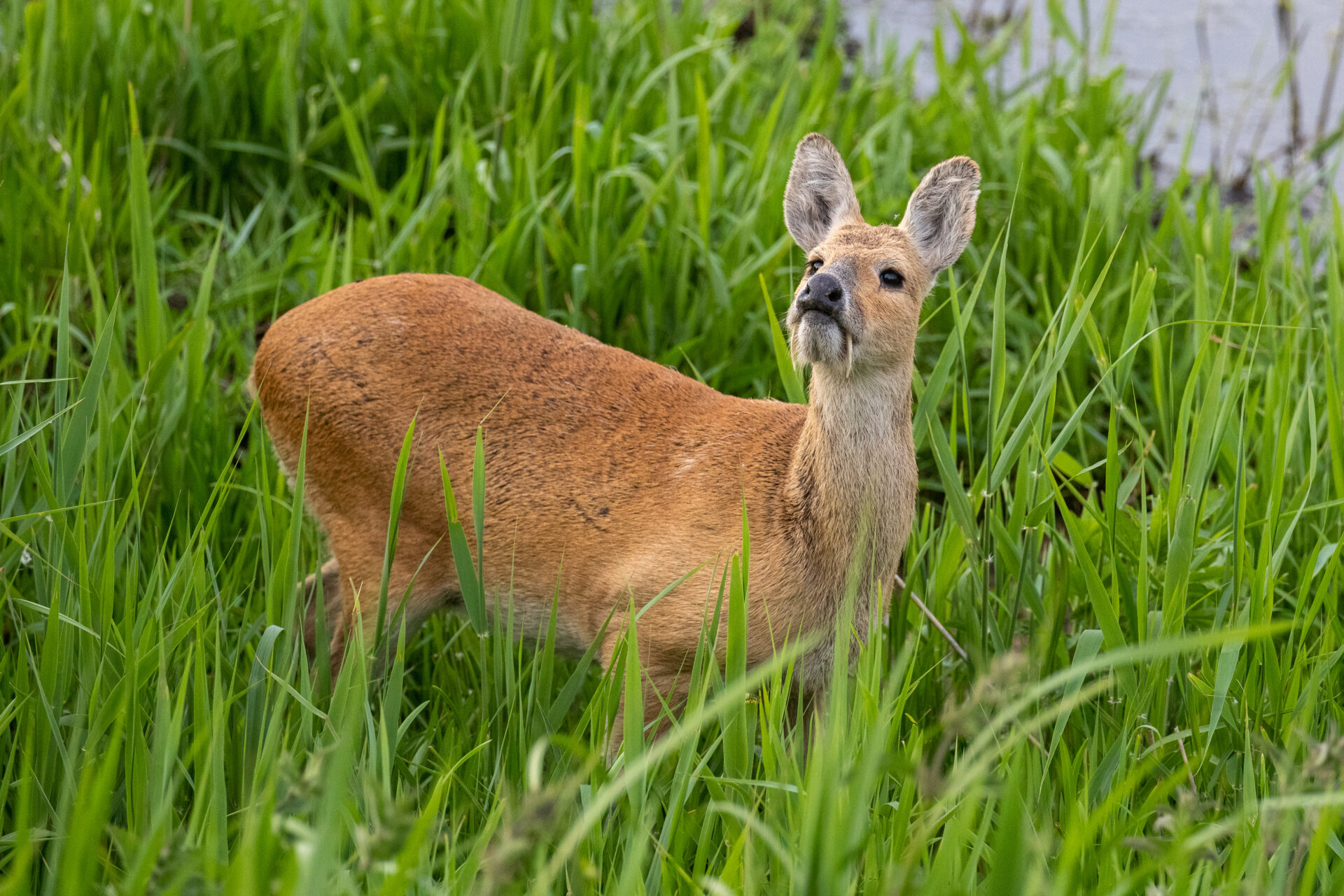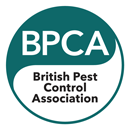- Deer Surveys: We offer deer surveys using state of the art thermal imaging devices providing deer data (this is far more accurate than standard day surveys).
- Deer Shooting: This is carried out by our lead deer stalker who is qualified in advanced deer management, and is also an assessor for the DSC1 & DSC2. Deer shooting takes place at dusk or dawn, however upon customer request we can apply for a special licence to remove deer at night.
- Deer Proof Fencing: Landmark install heavy duty and long lasting deer proof fencing to prevent deer accessing your land.
Get a quote
or email usThank you for the quote request
We will aim to get back to you as soon as possible.
Email us
or get a quoteThank you for your email
We will aim to get back to you as soon as possible.



